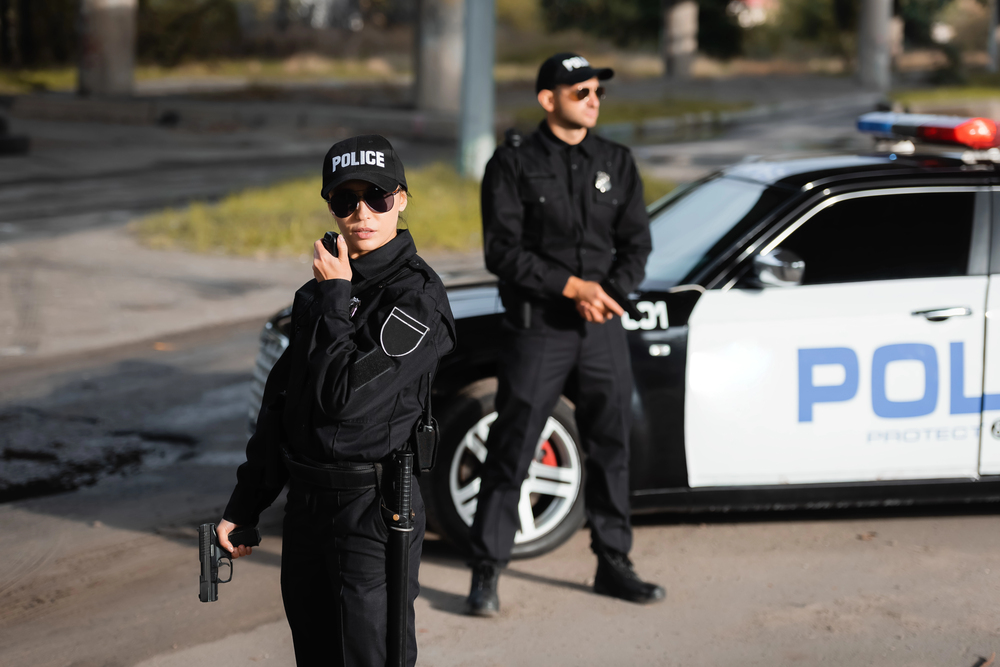
If you think your favorite true crime podcast has plot twists, wait until you hear what happened in Franklin County this week. After nearly three decades of heartbreak, frustration, and unanswered questions, the 1997 murder of 13-year-old Anna Pelayo has finally seen a breakthrough thanks to a blend of cutting-edge DNA technology, relentless detective work, and a community that refused to forget.

1. The Science That Changed Everything
It’s not a common day that a decades-long tragedy ends, but that’s what occurred when Franklin County detectives used the power of new forensic techniques. The trick? The advances in DNA analysis that simply were not available when Anna’s life was lost. DNA that was obtained from Anna’s clothing and from an object next to her body was recently re-analyzed with cutting-edge methods, resulting in a match to two men who knew Anna at the time. As Sheriff Jim Raymond summarized, “Their persistence, coupled with the advancements in forensic technology, enabled us to finally make this crucial step forward.” The outcome: Jesse Lee Castillo, age 51 now, was arrested in Union Gap, Washington, for suspicion of second-degree murder, and the second suspect, Jose Luis Silva, had died in 2018 due to an overdose.

2. How Technology Tracked Down a Suspect
But DNA wasn’t the only star in this tale. Traffic camera systems and other advanced investigative tools were also used by detectives to help track Castillo down. These systems, which are akin to the city’s eyes on the web, assisted in tracking his activities and eventually led to his arrest peacefully. It’s not only a local victory; it’s part of a trend that’s building where artificial intelligence-driven image analysis and license plate reading are assisting law enforcement in cracking cases that had previously appeared impossible to crack.

According to one review of law enforcement technology, “ALPR data is often used to locate individuals with warrants, identify stolen vehicles, solve burglary and crack homicide cases.” The list continues, name the type of case, and LEOs have achieved success due to ALPR technology and ingenuity. These advancements assure that even the chilliest cases can get re-heated with the proper digital leads.

3. The Tragic Tale of Anna Pelayo
Behind the tech and the headlines, there’s a pretty human tale. Anna Pelayo was a bright, talented middle school student who recently had moved to Pasco from Richland. Her previous principal had described her as “a good student with good attendance history and no discipline problems.” However, after being attacked in school, Anna began hanging out with new peers, supposedly seeking protection. She was last seen on December 28, 1997, leaving the apartment complex after she called her dad for a ride. Hours after that, she was discovered barely alive on a country road and died during surgery. Her family and the Tri-Cities community bore the burden of her loss for 27 years.

4. The Long Shadow of Unanswered Questions
The years following Anna’s death have been spent in pain, activism, and seeking closure by Anna’s family. Her mother, Christine, also pushed for the reopened investigation, even getting local lawmen to bring in a cold case detective from Syracuse, New York. Sheriff Raymond once thought the solution was in the files all along it took the right tech and determination to join the dots. “Hopefully, this arrest brings a degree of closure to Anna’s family and loved ones who have waited for far too long for closure,” Raymond said.

5. How Communities Heal After Cold Cases Are Solved
When a cold case like Anna’s is finally solved, it’s not only the family that is affected. The community as a whole can start to process, heal, and move forward. Studies indicate that shared resilience and collective identity are key to the recovery of communities following traumatic situations. Support and fellow survivors tend to create what is referred to as a “disaster community” under which solidarity and shared experience facilitate healing. As another study observes, “shared identification permits sets of survivors to express and expect solidarity and cohesion, and thus to coordinate and draw upon collective sources of support, to cope with adversity.”

6. Assistance for Families of Violent Crime Victims
No arrest can undo the hurt of losing a loved one, but support networks can help. Families such as the Pelayos tend to turn to community resources, counseling, and victim advocate agencies. These organizations offer real assistance helping to navigate the legal system, providing access to therapy, and linking to others who know the particular difficulties of violent loss. Experts are stressing the need for communication, shared identity, and sustained support for healing. “Providing information increases efficacy in the public; in contrast, a perceived lack of information provision increases public anxiety and distress,” researchers have determined.

7. The Bigger Picture: Forensic Innovation and Public Safety
The ripple effects of forensic advances are far-reaching beyond individual cases. New DNA technology and computer forensic analysis supported by artificial intelligence are revolutionizing the way law enforcement solves cold cases, keeping communities safer and bringing long-awaited justice. As a federal report expresses it, “DNA technology is more important than ever to helping to ensure accuracy and fairness in the criminal justice system.” The more frequently these technologies are employed, the more chances exist that other families will discover the answers they’ve been searching for years.

In Franklin County, the arrest in the case of Anna Pelayo isn’t just the culmination of an long investigation it’s the start of a new beginning for a family, a community, and all who believe that justice, though sometimes delayed, is never lost.


